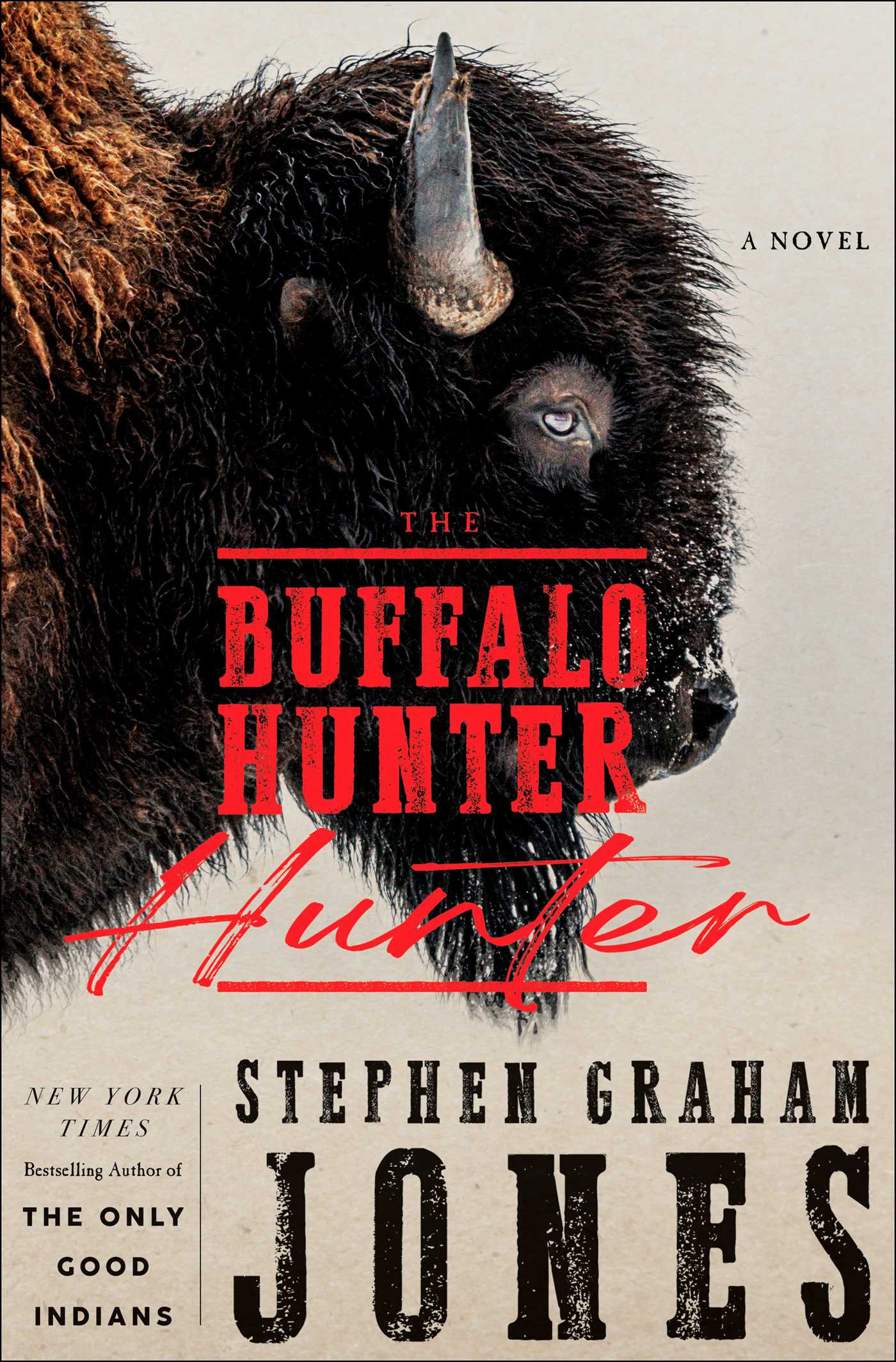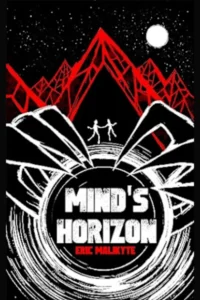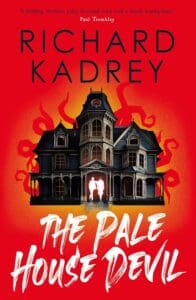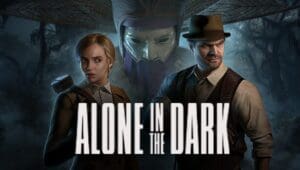
Synopsis:
A diary, written in 1912 by a Lutheran pastor is discovered within a wall. What it unveils is a slow massacre, a chain of events that go back to 217 Blackfeet dead in the snow. Told in transcribed interviews by a Blackfeet named Good Stab, who shares the narrative of his peculiar life over a series of confessional visits. This is an American Indian revenge story written by one of the new masters of horror, Stephen Graham Jones.
Review:
Stephen Graham Jones can’t help himself, he just keeps writing slashers.
I know, I know, The Buffalo Hunter Hunter is a vampire western, sure, and yes, it is that. A Lutheran Preacher is visited each Sunday by a strange Indian who wishes to make his “confession,” and the story he tells is a supernatural revenge tale full of violence, body horror, and endless, endless grief. Good Stab, as we come to know him, describes a run-in with an inhuman creature in the Montana mountains, somewhere around 1870. He survives this altercation, but is bit, and soon his body begins to go through terrifying changes, most notably, an insatiable craving for blood.
This familiar vampire origin story (bearing a great deal of familiar werewolf tropes to boot) quickly transforms into something much less familiar. Graham Jones quickly reinvents the vampire while still honoring its Eastern European roots. In fact, one might say that vampirism is just one more plague brought by colonial expansion (but you’ll have to read to see just how and why).
Good Stab sees his new nature as a curse, and there’s little new about that, but it’s a double curse for him because it separates him from every form of tradition and fellowship. To be a monster is to be cut off from your people, from your stories, from the very animals. He lives like a beast for some time, purposeless and grieving.
And then the massacres happen. At the Center of The Buffalo Hunter Hunter is the horrific Marias Massacre, in which some two-hundred Blackfeet (mostly women and children) were slaughtered by U.S. forces. The reverberations of this event are felt through every page. The second massacre is that of the Buffalo themselves, hunted for their robes and left not only rotting in the sun but laced with poison, making the meat unusable to native people and poisoning the wolf population.
Good Stab recognizes these events for what they are: the end of the world. He is watching a genocide play out before his eyes, and he chooses to use his supernatural powers to wreak revenge.
Which isn’t to say that Good Stab is a “good vampire.” He is driven by an unstoppable hunger, and the details of Graham Jones’ vampire cosmology leads our hero to feed most often on his own people, an event that is heartbreaking and damning each time it happens. Because no matter what he does, Good Stab is caught up in the vast machinery of colonialism, and no one gets out unscathed.
So, what about my initial claim that The Buffalo Hunter Hunter is, in essence, a slasher? It ticks all the boxes: an unstoppable, unkillable killer who murders the guilty and innocent alike; a traumatic event that spurs the slasher’s vengeance; even a Michael Meyers-esque penchant for staging his kills like a director setting the stage. Add in the fact that in I Was a Teenage Slasher (Graham Jones’ other attempt at showing us the world through the slasher’s eyes) we’re treated to the conceit that slasherdom is itself a blood-borne curse, and there’s a perfect through-line.
But while Teenage Slasher was a fun romp that culminated in a poignant conclusion, The Buffalo Hunter Hunter will pull out your heart and stomp on it. It also happens to be Graham Jones’ greatest accomplishment thus far: a novel of incredible scope and emotional resonance that works its allegory so seamlessly into the telling that it no longer resembles allegory. A horror story about the impossibility of redeeming our history, it is, in short, a masterpiece.








Leave a Reply